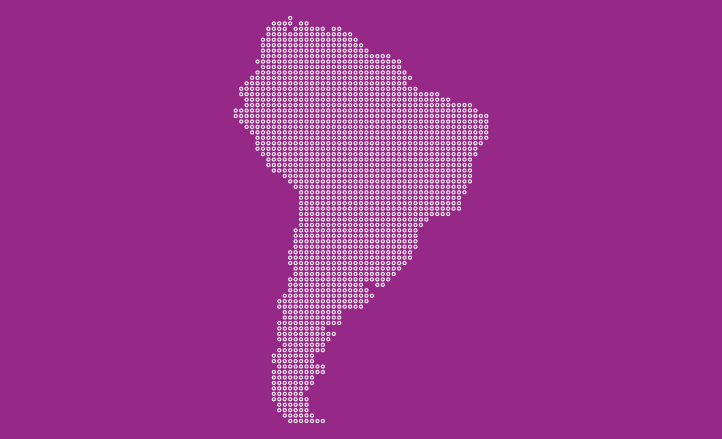What is an evidence?
Evidence is considered a combination of three conditions: expertise, proven functionality and community involvement. Evidence is made visible through actions or examples that demonstrate the positive impact of the empowerment of the community and institutions through testimonies, visible improvements in existing practices and the efficient use of scaled tools and techniques.
Impact in this context refers to the consequence of the work of the partners in actions, processes and decision-making by community members, as well as local, national and regional stakeholders, during the risk reduction, resilience building, response preparedness, crisis response, early recovery and rehabilitation phases under the 'build back better' concept.
Evidence may reflect, for example: a change in a practice, or the effective use of tools that have become institutionalized, or an anticipated action that has contributed to avoiding the generation of risk or to preventing a disaster, or an action that has contributed to an effective response in a recent emergency.
• Tools/Techniques (used efficiently and scaled up)
• Improvement in practice verified in X conditions
• Testimonies post impact


• Commitments
• A community taking the lead
• An institution promoting a practice
• Proven improvement in DRR practices
Criteria for evidence that makes a difference
- Evidence collected through this initiative should be from countries of the Americas and the Caribbean region.
- Presented through the voice of the community (women, children, young people and adolescents, indigenous, displaced or migrants people, people with disabilities, among others), and/or strengthened organizations/institutions.
- Linked to one of the four priorities and other sections of the Sendai Framework for Disaster Risk Reduction 2015-2030 or regional policies.
- Demonstrates how it has reduced existing risk, has prevented the creation of new risks, or how it represents an improvement in the capacity to respond to an emergency.
- Concrete data is requires to be presented, which can be quantitative or qualitative.
- Demonstrates the impact for the population involved as consequences and/or changes in response preparedness, crisis response, risk reduction, building resilience, early recovery and/or post-disaster 'build back better' processes.
- The evidence may result of ECHO funded projects, as well as projects financed by other sources.


